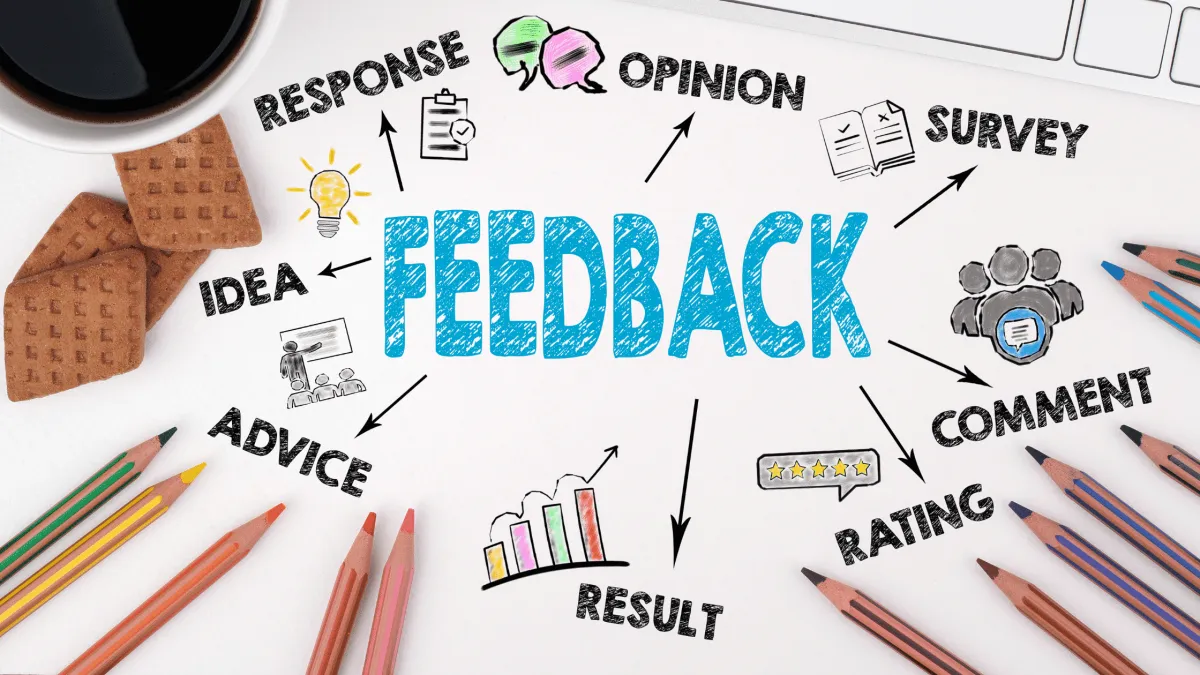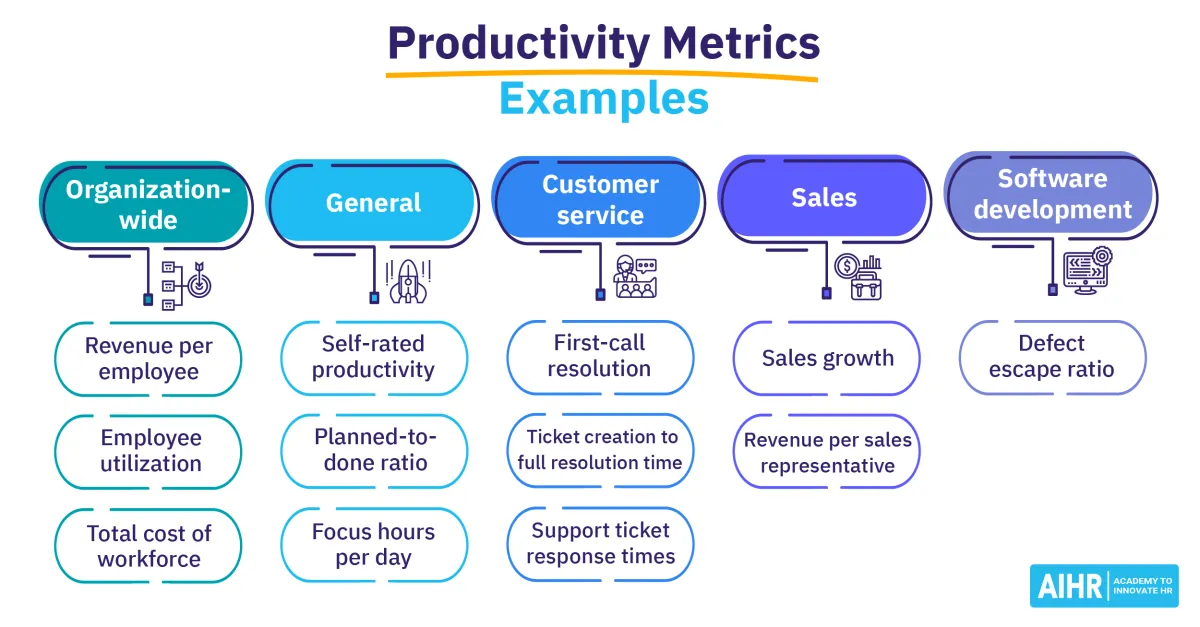Increase workplace productivity with effective management strategies. Discover methods to boost employee engagement and motivation for optimal performance.
Setting Clear Expectations

One of the most fundamental aspects of effective management, and a key driver of employee productivity, is the ability to set clear expectations. When employees understand what is expected of them, they are more likely to be engaged, motivated, and productive. Conversely, ambiguity in expectations breeds confusion, frustration, and ultimately, diminished output.
Setting clear expectations begins with defining clear goals. These goals should be specific, measurable, attainable, relevant, and time-bound (SMART). Each employee should understand how their individual role contributes to the achievement of these overarching goals. Regular communication is vital in this process. Managers should articulate expectations verbally, in writing, and through performance metrics.
Furthermore, it’s crucial to establish clear performance standards. Employees need to understand what constitutes good performance, average performance, and subpar performance. This requires outlining specific criteria for evaluating performance, such as quality of work, quantity of output, initiative, teamwork, and problem-solving skills.
Providing regular feedback is also essential. By offering constructive criticism and recognizing accomplishments, managers can help employees stay on track and make necessary adjustments to their work. Open communication channels encourage employees to ask questions, seek clarification, and address any concerns they might have regarding their roles and responsibilities.
Providing Feedback and Recognition

Effective feedback and recognition are essential components of employee motivation and performance improvement. When employees receive constructive feedback on their work, they gain a better understanding of their strengths and areas for development. This knowledge empowers them to enhance their skills and contribute more effectively to the team’s success.
Timely and Specific Feedback: Feedback should be provided regularly, not just during annual reviews. It’s crucial to address performance issues or successes as soon as possible while they are still fresh in everyone’s minds. Moreover, feedback is most effective when it’s specific and actionable. Instead of simply saying “good job,” provide details on what the employee did well and how they can replicate that success.
Balanced Approach: Effective feedback acknowledges both strengths and areas for improvement. Start by recognizing the employee’s accomplishments and positive contributions. This positive reinforcement fosters a sense of value and motivates them to maintain their high standards. When addressing areas for improvement, be constructive and focus on specific behaviors or outcomes that can be changed.
Recognition and Appreciation: Recognizing and appreciating employees’ efforts significantly impacts their morale and productivity. A simple “thank you” for a job well done or public acknowledgment of their achievements can boost their confidence and motivation. Consider implementing formal recognition programs, such as employee of the month awards or spot bonuses, to further incentivize exceptional performance.
Creating a Positive Work Environment

A positive work environment is crucial for employee productivity. When employees feel valued, respected, and supported, they are more likely to be engaged, motivated, and productive. Here are some key elements of a positive work environment:
Open and Effective Communication
Encourage open and honest communication at all levels. This includes regular team meetings, one-on-one check-ins, and providing employees with multiple channels to share feedback and ideas. When employees feel heard, they are more likely to be satisfied and engaged in their work.
Recognition and Appreciation
Recognize and appreciate employees for their hard work and contributions. This can be done through verbal praise, written thank-you notes, or small gifts. Public acknowledgment of achievements can boost morale and motivate employees to continue performing at their best.
Work-Life Balance
Promote a healthy work-life balance by encouraging employees to take breaks, use their vacation time, and avoid overworking. Offering flexible work arrangements, where feasible, can also contribute to a more positive and supportive environment.
Growth and Development Opportunities
Provide employees with opportunities for professional growth and development. This can include training programs, mentorship opportunities, and opportunities for advancement within the company. Investing in employee development shows that you value their contributions and are invested in their future.
Positive and Inclusive Culture
Foster a positive and inclusive workplace culture where everyone feels respected and valued, regardless of their background, beliefs, or experiences. Encourage teamwork, collaboration, and a sense of community within the workplace.
Implementing Flexible Work Schedules

Flexible work schedules, encompassing options like flextime, compressed workweeks, and remote work arrangements, can significantly contribute to enhanced employee productivity. By offering employees greater control over their work hours and environment, organizations can foster a better work-life balance, reduce stress and distractions, and ultimately boost employee engagement and output.
Benefits of Flexible Work Schedules:
- Improved Work-Life Balance: Flexible schedules empower employees to better manage personal responsibilities alongside their work commitments, leading to reduced stress and increased job satisfaction.
- Reduced Commute Stress: Offering options like remote work or flextime can alleviate the burden of commuting, particularly in urban areas, freeing up time and energy for employees to focus on their tasks.
- Increased Autonomy and Focus: Allowing employees to structure their workdays in a way that suits their individual preferences and peak productivity times can lead to higher quality work and increased output.
Implementing Flexible Work Arrangements:
Successful implementation of flexible work schedules requires careful planning and communication:
- Assess Suitability: Determine which roles and departments are best suited for flexible work arrangements.
- Establish Clear Guidelines: Define expectations, communication protocols, and performance measures to ensure clarity and accountability.
- Provide Necessary Resources and Support: Equip employees with the technology and tools they need to effectively work remotely or on flexible schedules.
- Monitor and Evaluate: Regularly assess the effectiveness of the flexible work arrangements, gather feedback from employees, and make adjustments as needed to optimize outcomes.
By embracing flexible work schedules, organizations can create a more supportive and empowering work environment, leading to increased productivity, improved employee morale, and a more engaged and satisfied workforce.
Investing in Employee Development

One of the most effective ways to improve employee productivity is to invest in their development. When employees feel like their skills are growing and they are advancing in their careers, they are more likely to be engaged and motivated in their work.
There are many ways to invest in employee development. Some popular options include:
- Providing training and development opportunities: This could include sending employees to conferences, workshops, or online courses. It could also involve providing on-the-job training or mentoring.
- Creating a culture of learning: Encourage employees to share their knowledge and learn from each other. This could involve creating a mentorship program, hosting lunch-and-learns, or starting a book club.
- Giving employees opportunities for growth: This could involve giving employees more responsibility, challenging them with new projects, or promoting them to new positions.
When choosing development opportunities for employees, it is important to align them with the needs of the business. By investing in the development of employees in areas that are important to the business, companies can ensure that their employees have the skills and knowledge they need to be successful. When employees are equipped with the right tools and resources, they are more likely to be productive and engaged in their work.
Monitoring and Measuring Productivity

Monitoring and measuring productivity are essential aspects of improving employee performance. By tracking key metrics, managers can gain valuable insights into individual and team efficiency, identify areas for improvement, and make data-driven decisions to optimize productivity.
There are various methods and tools available to monitor productivity, and the most effective approach will depend on the specific industry, job roles, and organizational goals. Some common methods include:
- Time Tracking Software: These tools allow employees to track their work hours, categorize tasks, and provide detailed reports on time allocation.
- Project Management Tools: Platforms like Asana or Trello enable managers to assign tasks, set deadlines, and monitor progress in real-time.
- Performance Dashboards: Visual dashboards can display key performance indicators (KPIs) in a clear and concise manner, providing a quick overview of productivity levels.
- Employee Feedback: Regular check-ins, performance reviews, and feedback surveys can provide valuable insights into employee workloads, challenges, and suggestions for improvement.
When measuring productivity, it’s crucial to select relevant metrics that align with business objectives. Some common productivity metrics include:
- Output per Hour/Day: Measures the quantity of work produced within a specific timeframe.
- Task Completion Rate: Tracks the percentage of assigned tasks completed successfully.
- Project Turnaround Time: Evaluates the time taken to complete projects or tasks from start to finish.
- Customer Satisfaction: For customer-facing roles, customer satisfaction scores can indicate employee effectiveness.
By regularly monitoring and analyzing these metrics, managers can identify trends, bottlenecks, and areas where employees might be excelling or struggling. This data-driven approach enables targeted interventions, such as providing additional training, adjusting workloads, or implementing process improvements, ultimately leading to enhanced productivity and better business outcomes.
Conclusion
Implementing effective management techniques is crucial in enhancing employee productivity and fostering a positive work environment.

